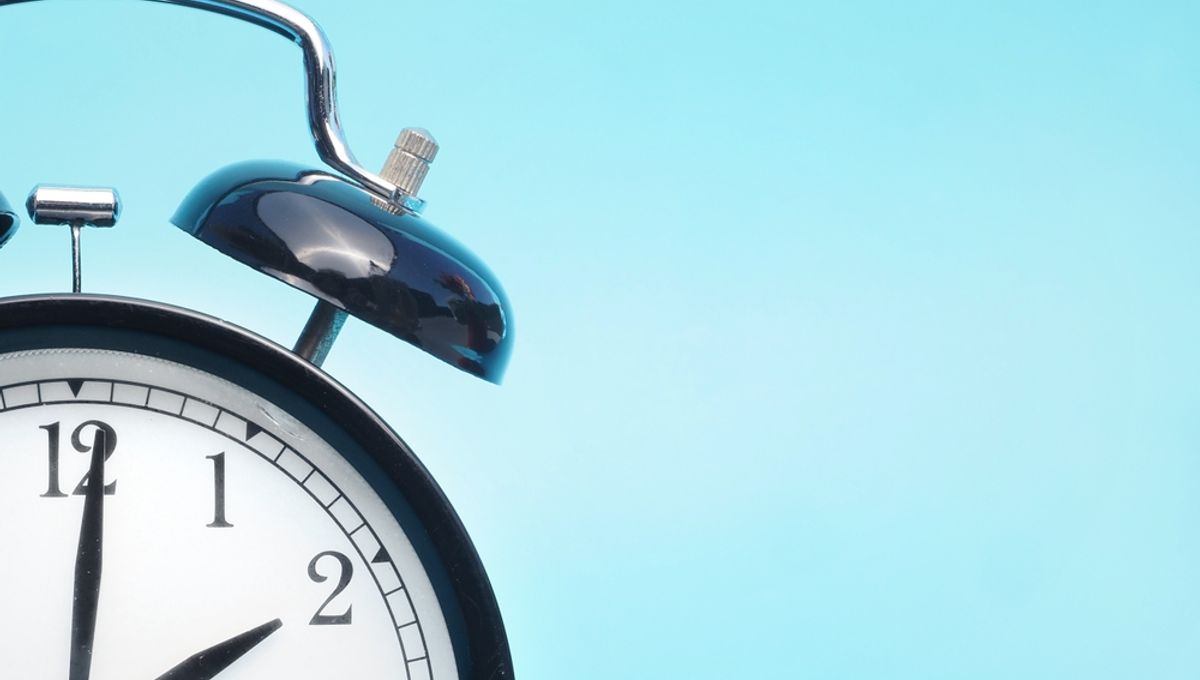
Ever wondered why daylight saving time (DST) starts at exactly 2am? The railroads may be to blame.
What exactly is daylight saving time?
ADVERTISEMENT
In the US, DST occurs on the second Sunday of March. This is when the clocks “spring forward” an hour ahead of standard time. In effect, we lose an hour and our mornings start a little later and our evenings last a little longer – until we are brought back to standard time on the first Sunday of November.
Why is daylight saving a thing?
The origin of daylight savings may hark back to 18th-century bug collector called George Vernon Hudson, who wanted to increase the hours of evening sunshine in order to spend more time engaging in his hobby once he had finished completing his day job. But the reason it has taken off is the idea that it enables us to make better use of the sunlight, providing us with lighter mornings in the winter months and longer evenings in the summer.
It has been argued that switching to DST in summer can help us save energy by reducing the need for electrical lighting. This is because we can rely on sunlight for longer. However, any actual savings in terms of energy appear to be minimal if they exist at all.
Why does daylight saving start at 2am?
It would be understandable to think DST starts at midnight but it actually begins at 2am – which becomes 3am. This is believed to be less disruptive as most people are asleep at this point and most businesses are shut.
According to Michael Downing, who wrote Spring Forward: The Annual Madness of Daylight Saving Time, the timing may also have something to do with Amtrak’s schedule. In 1918, when DST was first introduced, “Sunday morning at 2 am was when they would interrupt the least amount of train travel around the country,” Downing told TIME.
Is the US the only country with DST?
Understandably, it is less common in countries close to the equator where there are fewer seasonal changes in daylight hours but there are many countries around the world with a version of DST. According to Time and Date, 40 percent of countries change the clocks to sync with seasonal sunlight patterns. But to keep things confusing, not all start at the same time. Take British Summer Time as an example, which starts at 1am on the last Sunday of March.
Has the US always had DST?
No. According to the US Naval Observatory’s Astronomical Applications Department, DST was controversially introduced on March 19, 1918 as part of The Standard Time Act. It was very quickly repealed in 1919, when local authorities were given jurisdiction over whether or not to switch to daylight savings time in the summer months.
Aside from a brief period during World War II, it has continued to remain a local decision. The state of Hawai’i and large parts of Arizona have opted out and stick to standard time throughout the year. However, since the introduction of The Uniform Time Act in 1966, there has been a standardization in terms of when it starts and when it ends for those that do choose to incorporate daylight savings into the calendar.
How does daylight saving affect our health?
While it seems like a small change, research has linked a number of detrimental health effects to DST. Previous studies have revealed an increased risk of heart attacks and strokes as well as a rise in hospital admissions. There is also evidence to suggest that DST causes a spike in car accidents.
Have there been plans to ditch daylight savings?
Yes. As recently as 2022, the Senate passed the Sunshine Protection Act that, had it gone into effect,t would have made DST permanent from 2023. Many health experts have called for the end of daylight savings and polls suggest the majority of Americans agree.
What can be done to mitigate the effects of daylight savings?
While it looks like we are stuck with DST for the time being, there are steps you can take to reduce the impact of daylight savings. Sleep experts Deepa Burman and Hiren Muzumdar recommend removing any sleep debt before the clock goes forward and making sure you get the full 7 to 9 hours most adults require each night.
Burman and Muzumdar also suggest preparing ahead of time by going to bed 15-20 minutes earlier than usual in the days leading up to the change and by incorporating relaxing activities into your routine on the day of. Maximizing exposure to bright light in the mornings while limiting your exposure to bright lights in the evenings can also reduce the effects of DST. As can exercising early in the day, reducing your intake of caffeine and avoiding alcohol.
Source Link: Why Does Daylight Saving Time Start at 2am, Not Midnight?